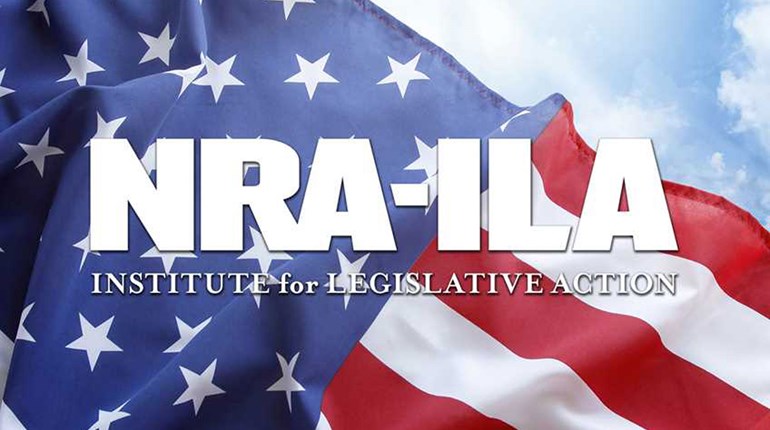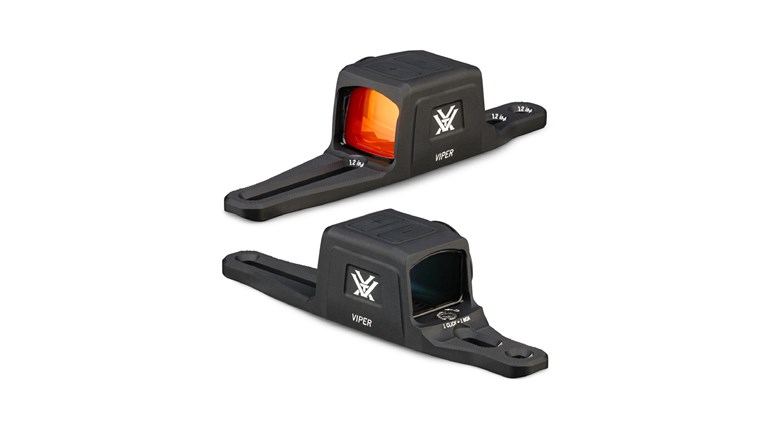
The below is an excerpt from the 1978 book, Olympic Shooting, written by Col. Jim Crossman and published by the NRA. Read Part 1 and Part 2.
1956—Melbourne: Caviar On Our Faces (Part 3)
By Colonel Jim Crossman
Summer arrived with the start of the 300-meter free rifle match, bringing a warm sun and only a 10 m.p.h. wind. By noon the wind was back up to about 25 m.p.h. Suspecting that this would happen, the majority of the shooters fired the standing position first, kneeling next, ending with the stable prone position.

The American shooters had the impression that the Russians were excellent wind-dopers and had ammunition which was less sensitive to wind than the 173- and 180-grian American loads. They were interested in the new Russian free rifle, which had a massive octagonal receiver with a minimum cut for a loading port and with a shank of the barrel two inches long fitting in it. The Russian ability to shoot and to dope wind is show by Borissov's last string. Needing a 99 to tie for first, he produced a 100 possible with 8 Xs. His 1138 beat the Olympic record set by Bogdanov in 1952 by 15 points. The Soviet Erdman was just one point behind while Finland's Ylonen was third with 1128. Smith of the United States was in eighth with 1082 and Voelcker 10th with 1075.
The story in the smallbore free rifle 3-position match was somewhat the same—the three place winners beat the former Olympic record. That great Soviet shooter Bogdanov was high with a record 1172, being tied by Horinek of Czechoslovakia. Five points behind was Sundberg of Sweden, while Borissov, winner of the 300-meter event, was in fourth with 1163. Art Jackson with 1153 and and Verle Wright with 1151 were well down the list.
Two Canadians were the hit of the smallbore rifle prone event. Gerald Ouellette was a well-known Canadian shooter, while Gilmour Boa had followed in his father's footsteps by winning almost everything Canada had to offer. The smallbore prone match was once again 60 shots prone, and not part of the position match as it had been in 1952. In practice, it was discovered that Ouellette's rifle had gone bad, so the two Canadians agreed that they would both shoot Boa's rifle. Since there was only one relay, this meant they would have to split the shooting time between them. Shooting first, and being coached by Ouellette, Boa turned in a fine 598, losing a point in his first and last strings. By the time Ouellette got started, his time was very short and his position seemed nearly hopeless, as Borissov had dropped one shot in his last string for a great 599. Shooting a la Art Cook, almost rapid-fire, Ouellette managed to beat the clock and the world with his 60 consecutive record 10s. Having won both a gold and a bronze medal, the Canadians felt mighty good. Art Jackson's 593 and Verle Wright's 590 put them in 31st and 36th place. It was not much consolation to the American shooters to know that nearly everyone in the match shot the hot U.S. ammunition of the year—Western Supermatch Mark III.
It was not surprising that the U.S. stood, almost empty-handed, with caviar all over our faces while the Soviets staggered home under the weight of their eight medals!
In the rapid-fire pistol event, both Forman and Beaumont had all 60 hits, but their numerical scores were considerably behind the record-breaking scores of the first four shooters. Petrescu of Romania had 587, Tcherkassov of USSR had 585, while Lichiardopol, Romania, and Linnosvuo, Finland, each had 581. Former record-holder and twice winner, Takacs, was in eighth with 575.
Once again, records were broken by all three place winners in the running deer. Romanenko, USSR, was high with 441, Skoldberg, Sweden, had 432, and Sevriuguin, USSR, was third with 429, all well over the old course record of 413. The U.S. gave no competition in this match—with no entry.
Clay pigeon was the only event in which the Soviets did not place during the 1956 Games. The best their two entries could do was tie with Ciceri of Italy for third. Ciceri outshot them both and carried away the bronze medal. The bubbling Galliano Rossini of Italy was high with 195, while the lean, spare blonde Adam Smelczynski of Poland was second with 190.
Although the U.S. Olympic Committee had asked the U.S. Rifle Committee to arrange for clay pigeon tryouts, they were unable to obtain facilities for a tryout and had to report failure to the parent group, so there was no U.S. entry in the clay pigeon event.
It is easy to see that the Russians had learned their lessons well in 1948 and in 1952. Not only had they produced some great shooters, but they had produced some new and improved equipment and shooting techniques. The Americans, meanwhile, had put relatively little effort into the international game. It was not surprising that the United States stood, almost empty-handed, with caviar all over our faces while the Soviets staggered home under the weight of their eight medals!

Photo: The 1956 Melbourne Summer Olympics opening ceremonies at the Melbourne Cricket Grounds. Photo courtesy Melbourne Cricket Grounds.
Read more: London 1948 Olympics: The Cookie Does Not Crumble


































